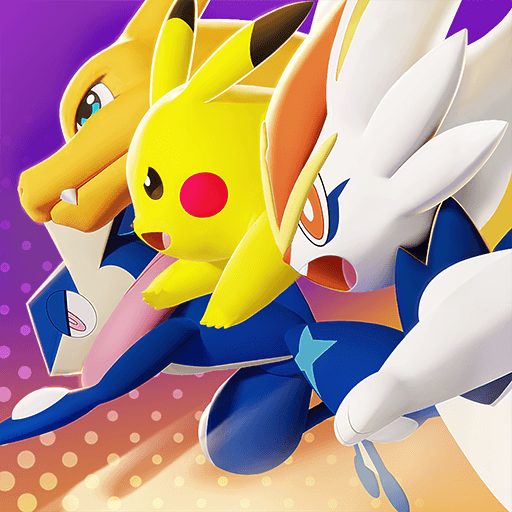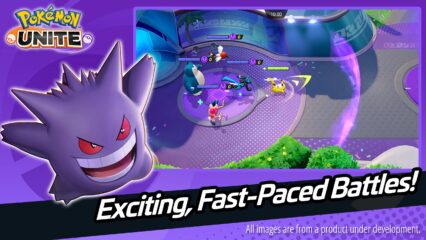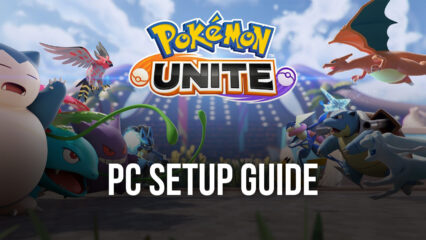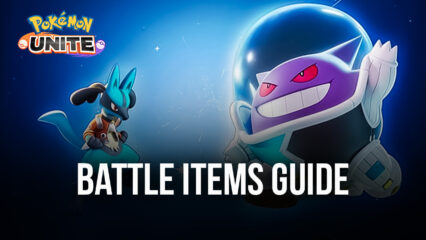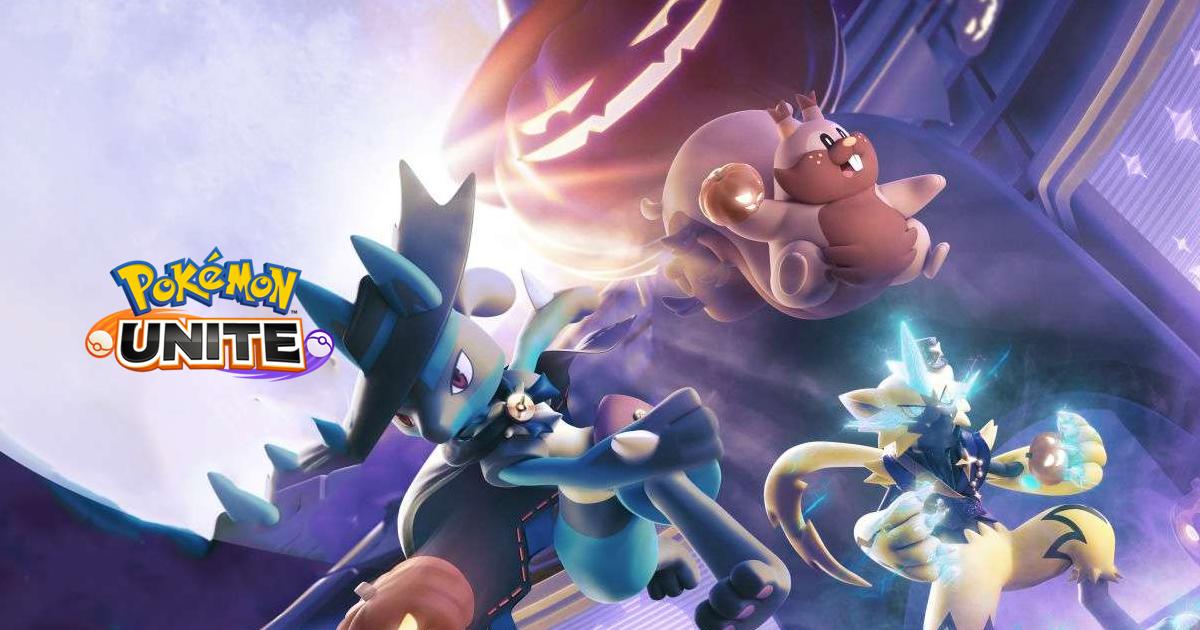Beginner’s Guide to Pokémon Unite - The Basics of Winning Matches
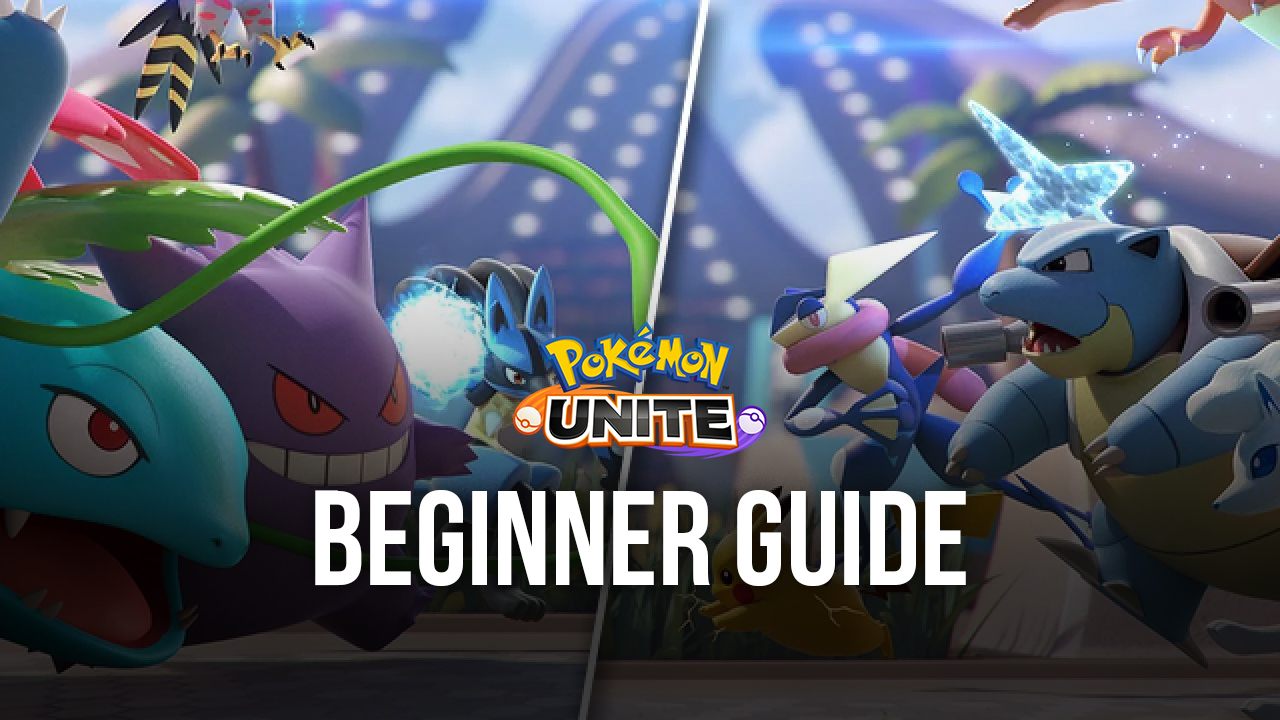
Pokemon Unite was recently released for mobile devices, so everyone can download it on their phones and start enjoying exciting and intense MOBA matches using their favorite pokemons. And while most MOBA veterans will find that it features gameplay quite identical to other titles in the genre, it also offers plenty of unique gameplay elements that help it to stand on its own, not to mention that we can choose from a variety of different pokemon to take to the field and fight in real-time, which is definitely a rarity in this franchise.
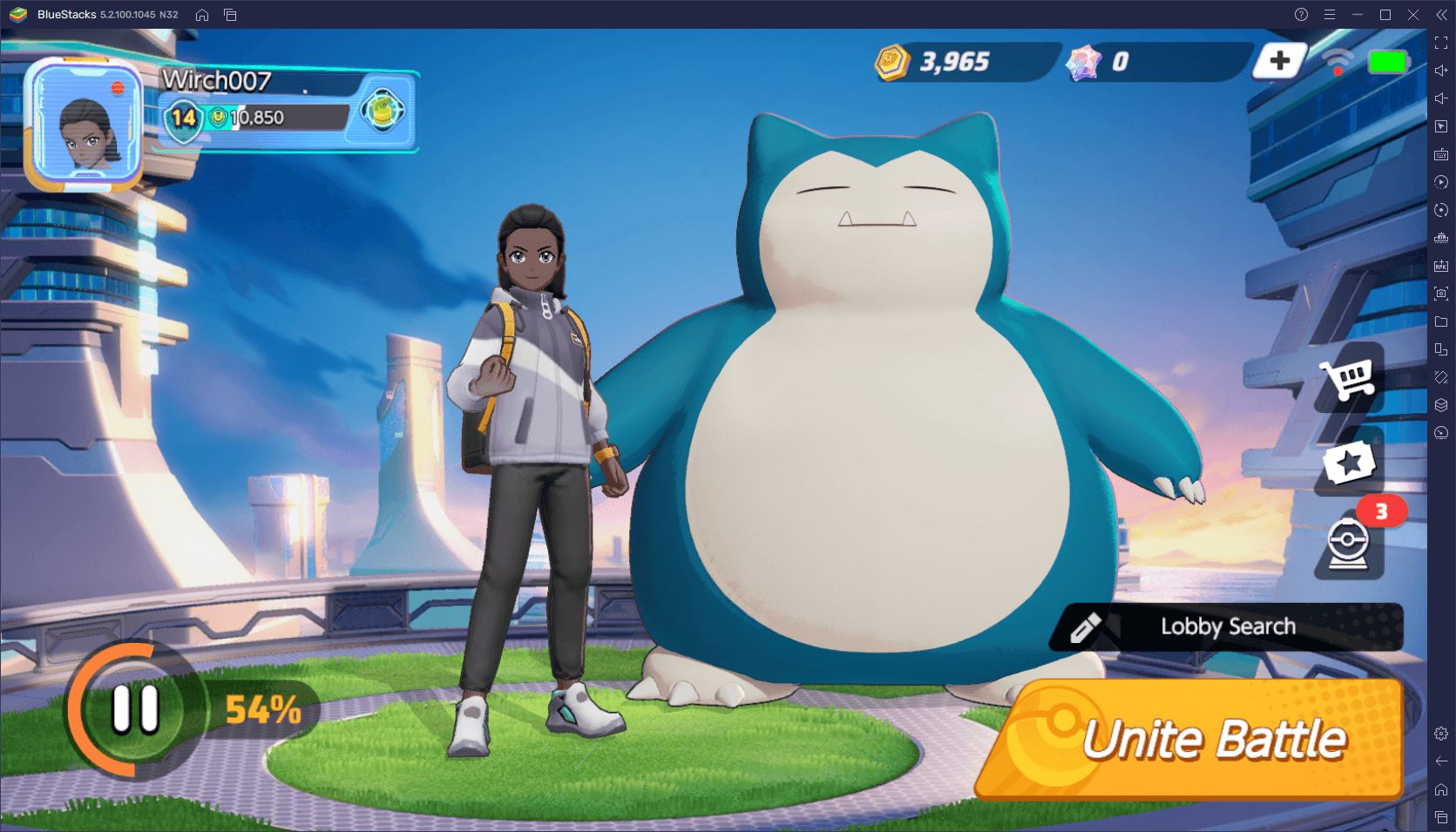
If you’re just getting into this game for the first time, then there may be some things you’ll want to know if you want to start on the right foot. For this reason, we’ve decided to create a beginner’s guide for Pokemon Unite, in which we’ll explain some of the most basic elements, as well as give a few tips and tricks for newcomers.
The Different Types of Pokemon
In contrast with the mainline pokemon games, where all the pokemon are divided into different elemental types, the creatures in Pokemon Unite are instead divided into different categories, which in turn represent their roles in combat. This system replaces the standard elemental matchup system, in which elements could be strong or weak against others. In Pokemon Unite, every pokemon deals full damage to the others, regardless of their type in the mainline games.
With that being said, the Pokemon in Unite are divided into the following categories:
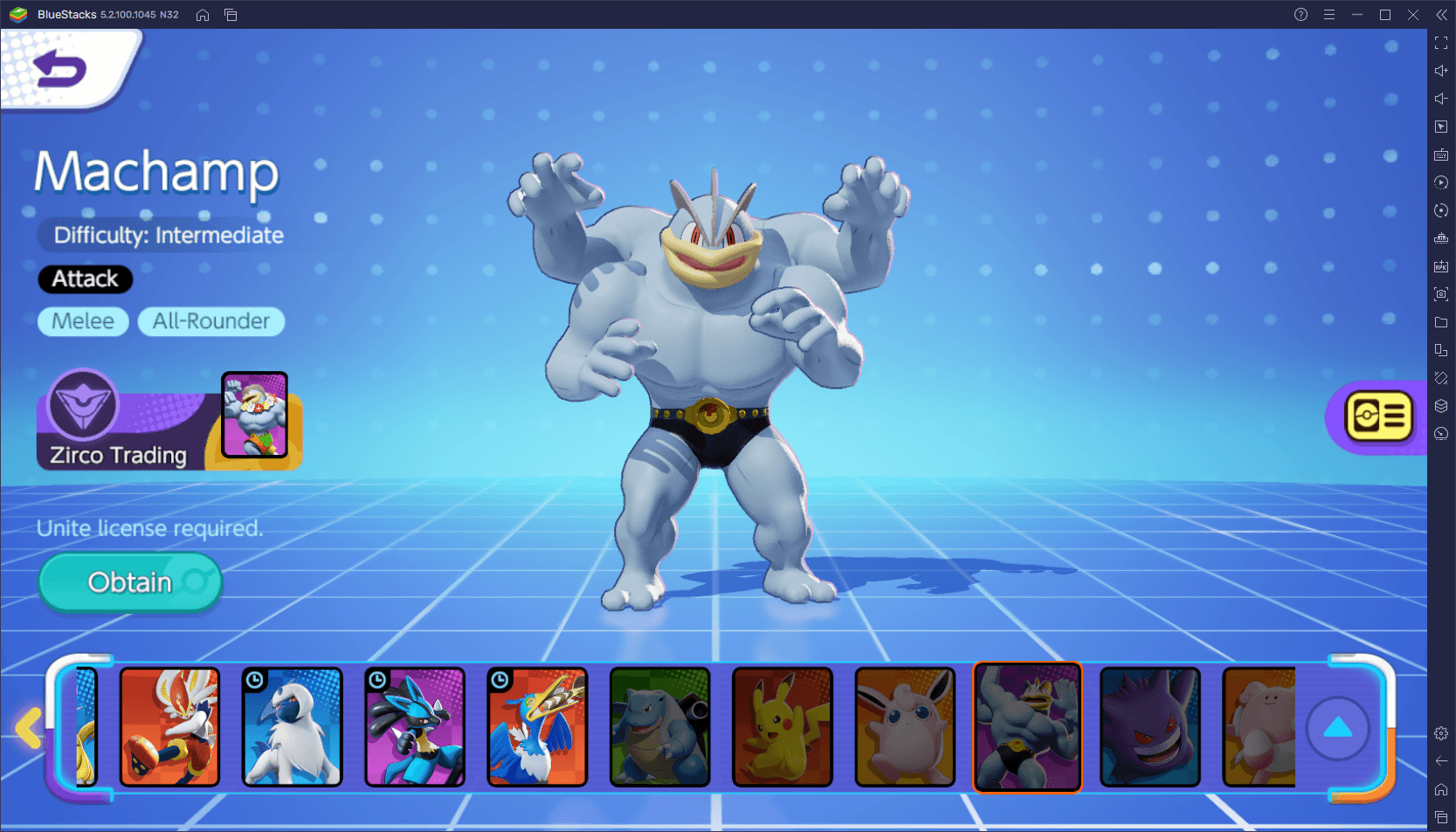
- All-Rounder: As their name implies, these pokemon features a balanced blend of attack and defense, not excelling particularly in either one. Nevertheless, despite not being as strong as pure DPS pokemon, they can generally outlast others, while also dealing considerable damage.
- Attacker: The dedicated DPS pokemon of the game fall into this category. Though they’re usually very, very fragile, these pokemon offer the highest sustained DPS in the game. They’re the ones who will usually wipe the entire enemy team if left unchecked.
- Defender: Tanky pokemon with lots of HP, special defense, and defense. They often have skills to stun or disrupt enemies, though their damage potential is quite limited.
- Supporter: Pokemon with skills to heal, buff, or otherwise support their team in many different ways. A good supporter can often win teamfights since they can keep allies alive as well as draw enemies away from the battle.
- Speedster: Fast, strong pokemon that are often great candidates for the jungle role. Their damage is very bursty, though they somewhat lack sustained DPS, which makes them great for ganking and preying on weakened enemies.
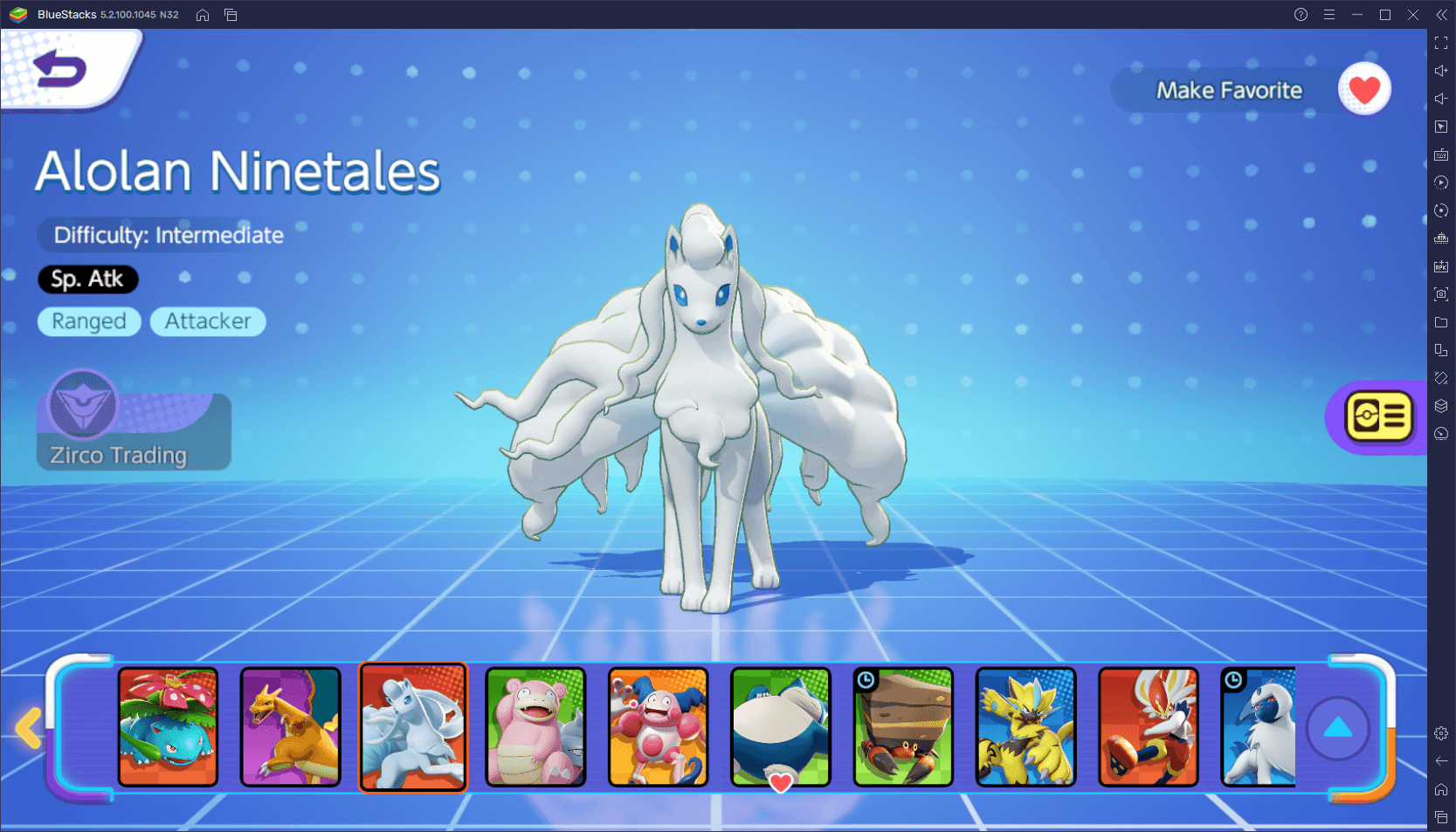
Aside from these types, pokemon can also be either melee, or ranged, which in turn represents their attack range with basic attacks. Nevertheless, some melee pokemon can have movement or ranged abilities, which lets them engage against distant foes.
Gameplay Basics
If you’ve played any other MOBA on your phone, then Pokemon Unite will be quite familiar: You move your pokemon with the left virtual joystick, and you attack and use skills with the buttons on the lower right corner. Alternatively, if you play Pokemon Unite on PC with BlueStacks, you can use your mouse and keyboard to move around and use skills, or also your gamepad to control your character’s actions.
Team Composition
Before the beginning of every match, players will be taken to a pre-game lobby where they will be able to choose their pokemon, as well as communicate with their teammates to coordinate their composition. Luckily, the game also helps in creating good compositions by pointing out if any role, in particular, is missing from the lineup, via a text box on the lower right corner.
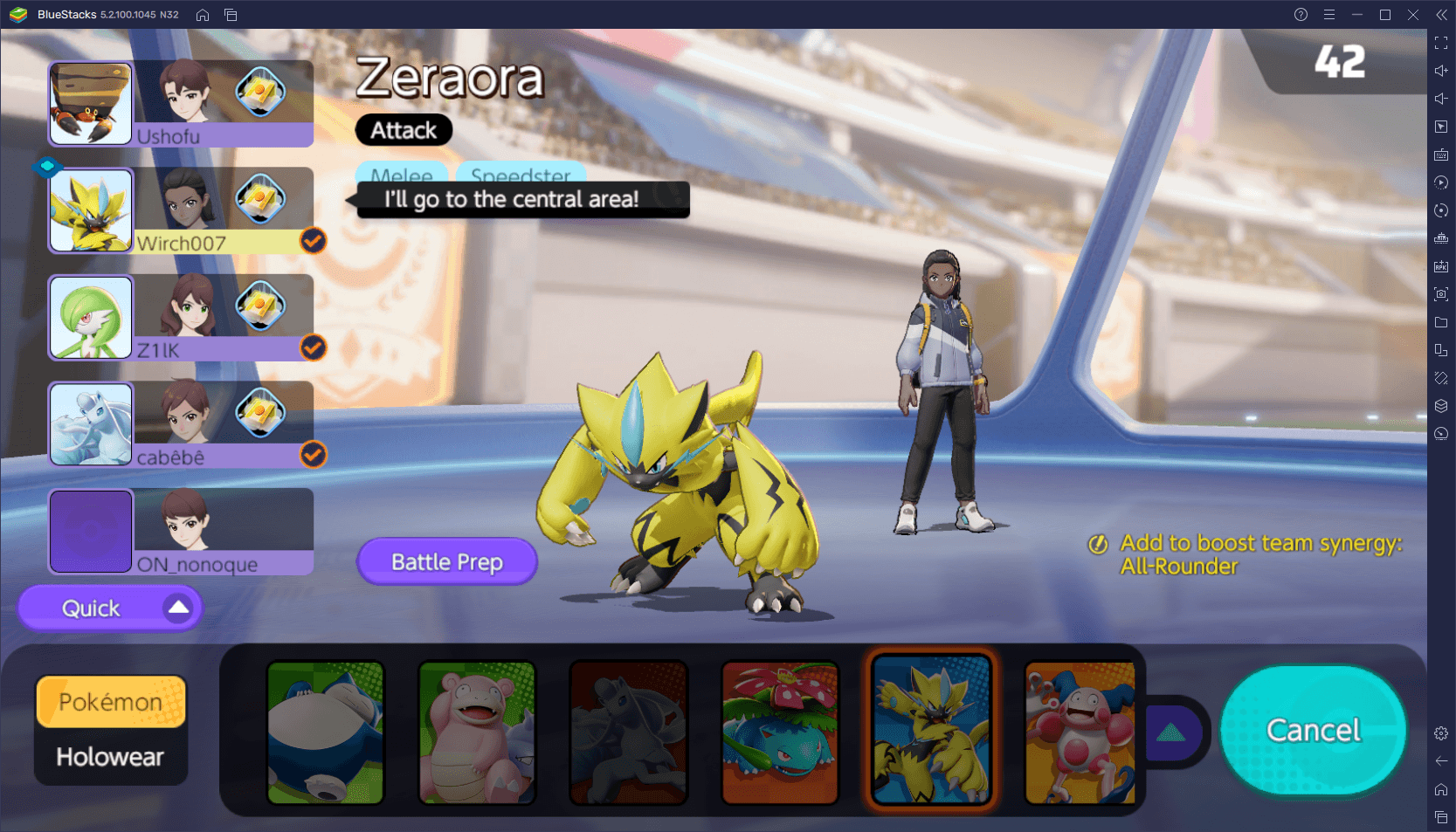
As a general rule of thumb, any team should have at least one all-rounder, one or two attackers, a defender, and either a supporter or a speedster. Ideally, a team would have one of each role, and they would be divided into the defender with the attacker in the top lane; the all-rounder with the supporter in the bottom, and the speedster in the jungle.
Scoring
The objective of Pokemon Unite is to have more points than the enemy team once the 10-minute timer expires. To collect points, players must defeat wild pokemon with their skills and attacks, and collect the orbs that they drop. However, picking up the orbs is not enough to score, as players must take them to the enemy’s goal hoops and deposit the points there to score. To do so, you must walk to the hoop and hold down the score button until the bar fills up. The more orbs you have on hand, the longer it’ll take to score. Furthermore, you can also be interrupted at any time if you take damage while scoring.
If you are defeated while holding any unscored orbs, you’ll drop part of them, which can then be picked up by any other player. Keep in mind, however, that if you’re holding the maximum number of orbs at any given moment, your icon will show up differently on the minimap, indicating to the enemy that you’re loaded, which will make you a high-value target. For this reason, it’s always a good idea to score your orbs before heading into a fight. On the other hand, you could also take a risk and engage an enemy to steal their orbs, before going on and scoring.
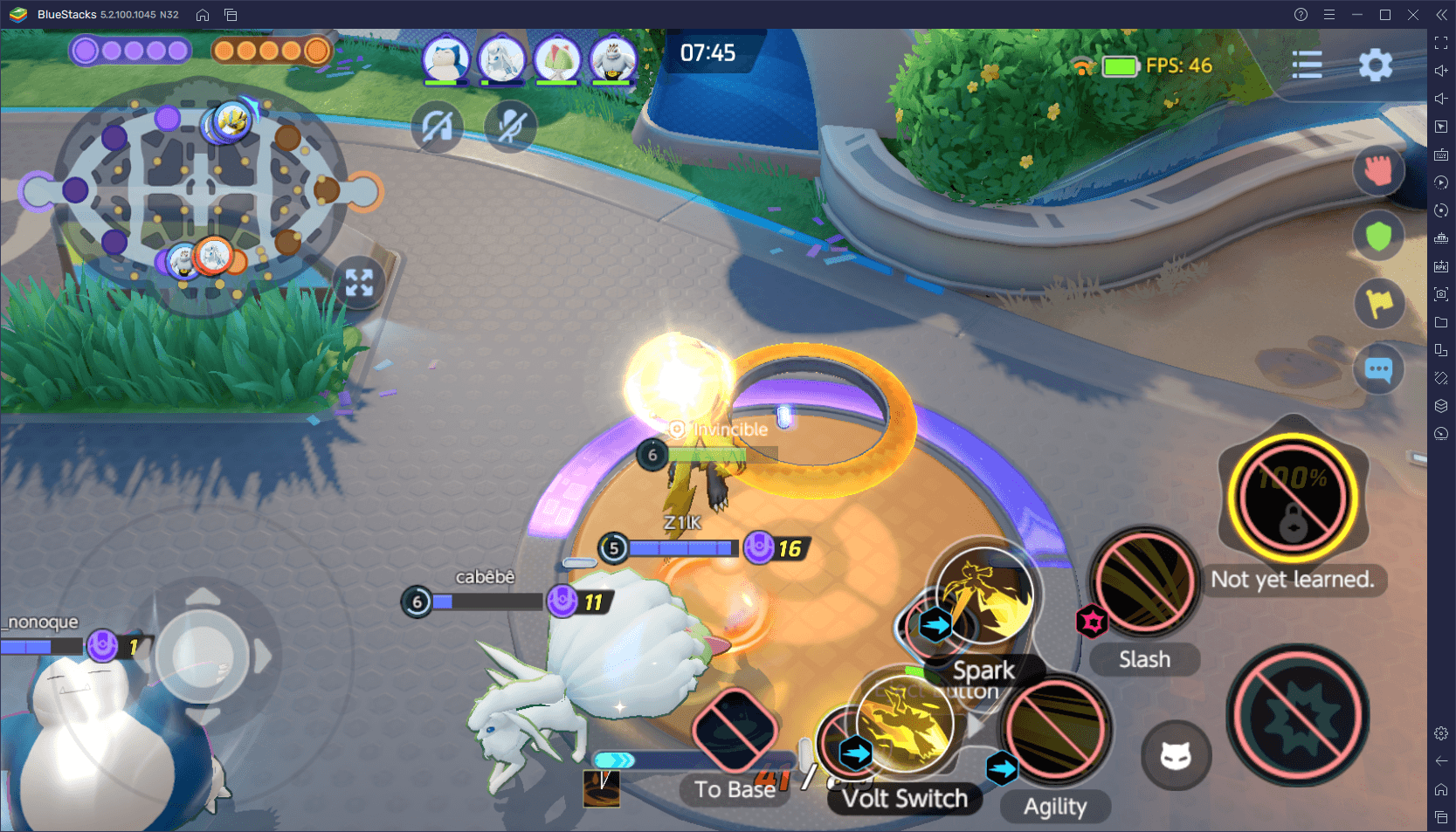
It’s worth mentioning that, every time you score, you get experience and HP. In this sense, if you’re low on HP and are coming back from a fight, it might be a good idea to stop by an enemy’s goal if the coast is clear and score whatever amount of points you have on hand.
Jungle Buffs
Like in any other MOBA, Pokemon Unite also has a jungle, which is the middle portion of the map that has plenty of wild pokemon that yield valuable experience and orbs when defeated. Similarly, on each end of the jungle, there are two pokemon that, when defeated, give important buffs to whoever lands the final blow. These pokemon are the following:
- Ludicolo: Gives the purple buff, which makes players deal extra damage to wild pokemon that are low on HP. Ideal for jungling at the beginning, as well as for fighting against Zapdos when it spawns.
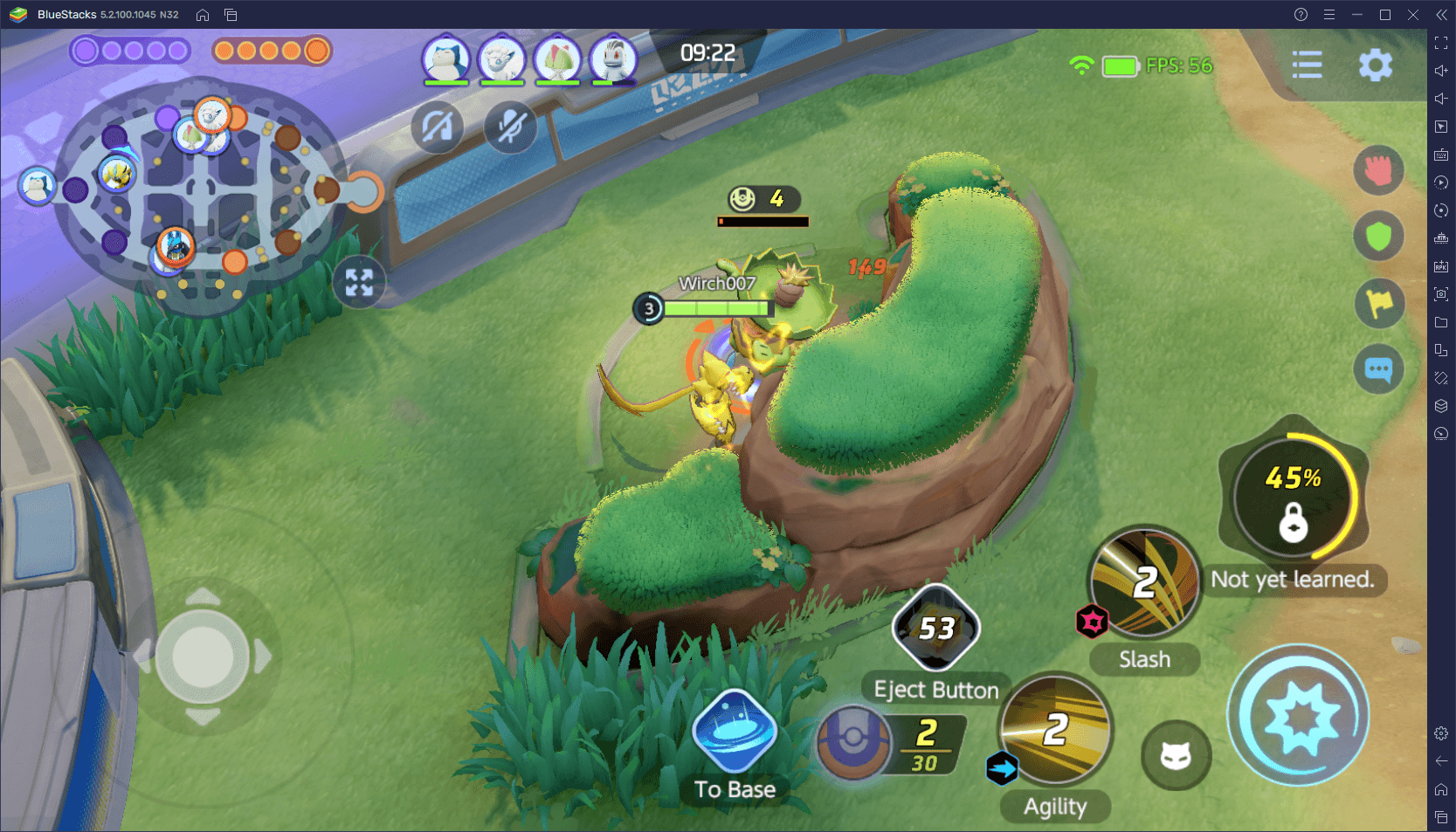
- Bouffalant: Gives the red buff, which bestows a slowing effect on the pokemon’s basic attacks, which is perfect for ganking and snagging kills.
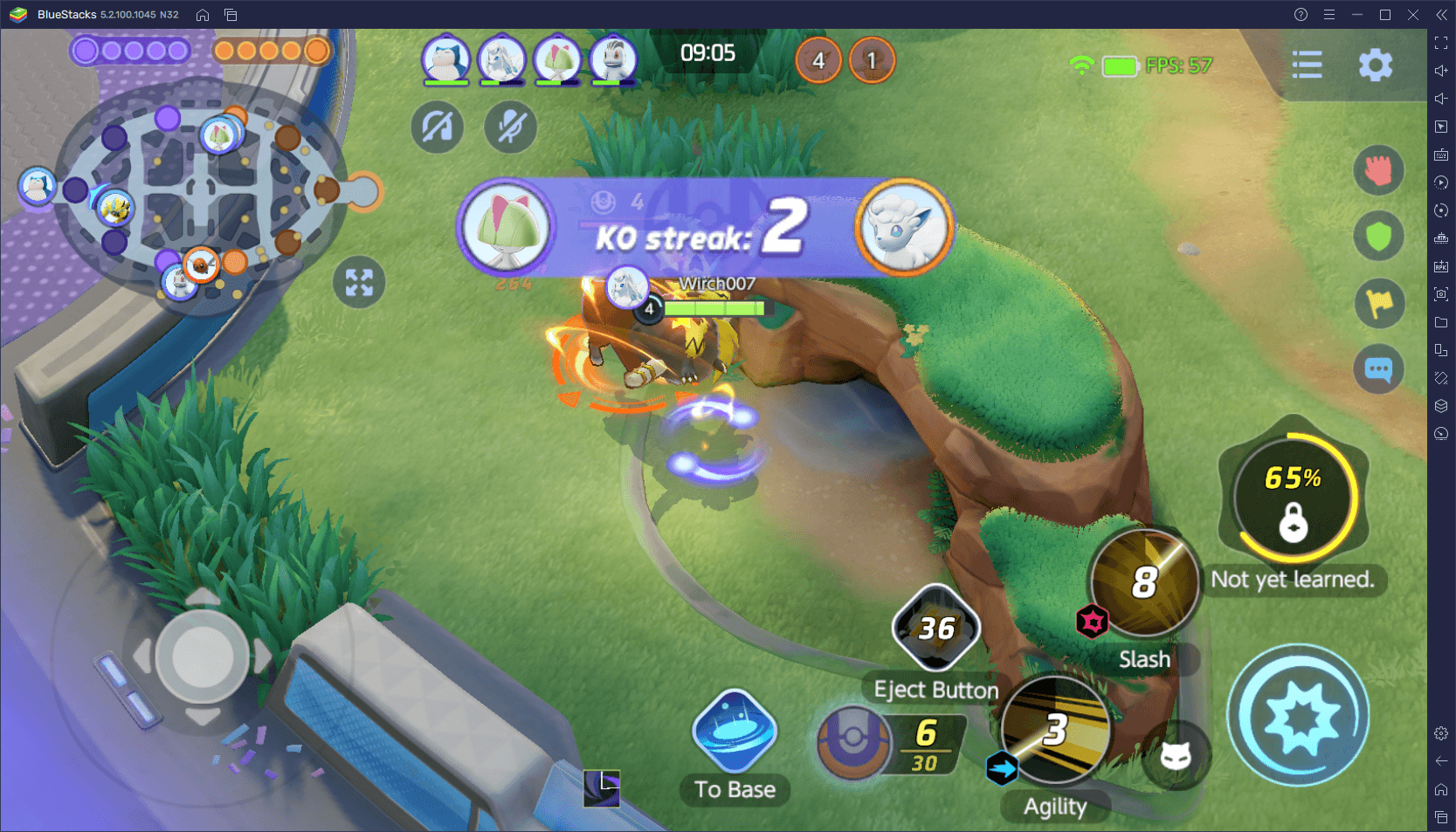
As a jungler, it’s pivotal that you always grab these buffs since they will make farming much easier, but also enable kills thanks to Bouffalant’s slowing effect. Keep in mind, however, that you can also steal these buffs from enemy players by defeating them in combat.
Rotom and Drednaw
Aside from the two wild pokemon mentioned above, there are a couple of other important pokemon that spawn a bit into the match. These pokemon are Rotom, and Dredmaw, which spawn on the very top and bottom of the map, respectively. Rotom spawns on the top clearing, right between the first two goalposts of each team. Drednaw, on the other hand, spawns on the beach to the south, directly across from where Rotom appears.
These wild pokemon are much tougher than any other on the map, with the exception of Zapdos, though they give important bonuses to the team who manages to land the final blow:
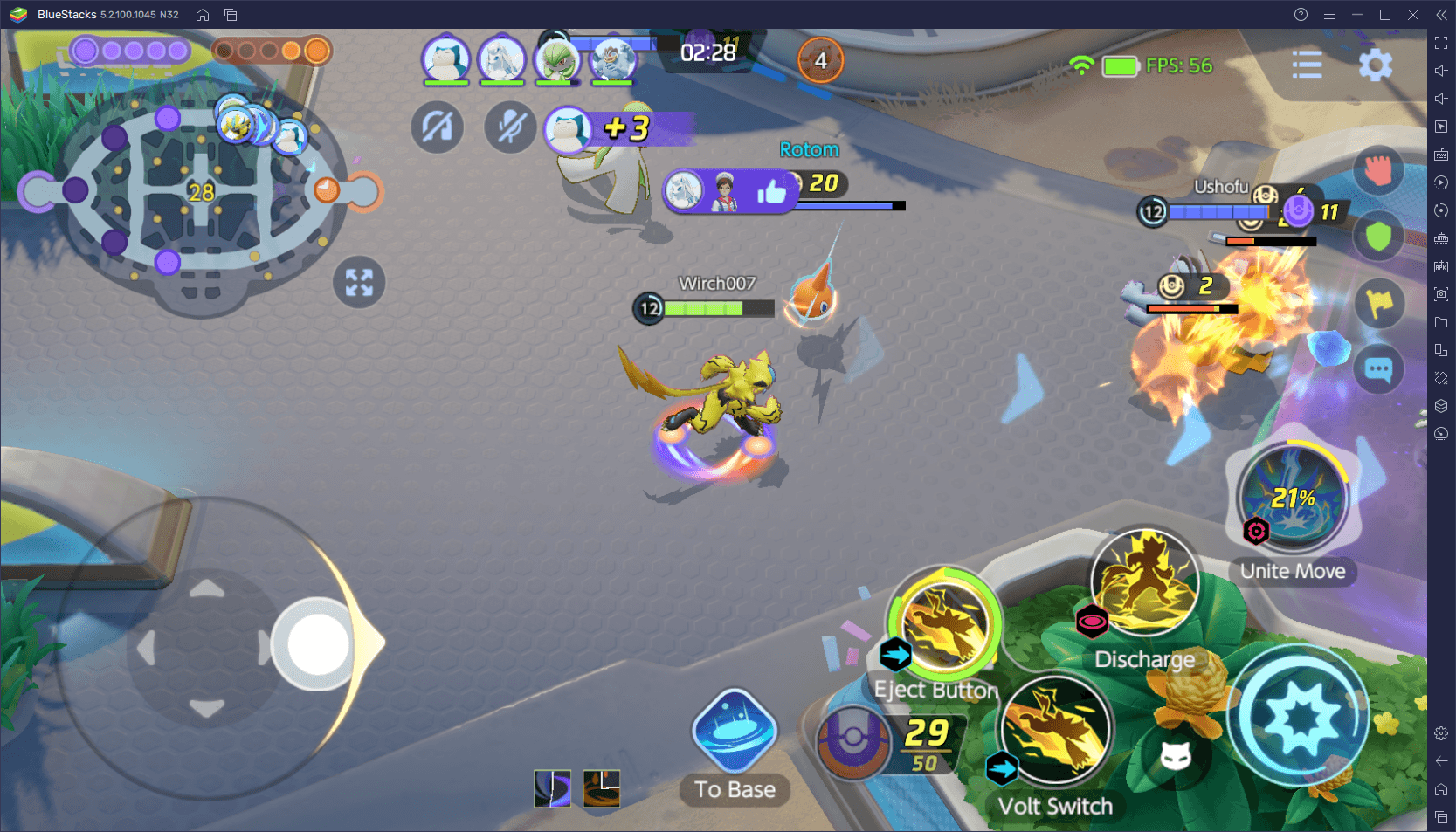
- Rotom: Once defeated, Rotom is unleashed and slowly floats towards the enemy team’s nearest goalpost in the top lane, engaging any enemies along the way. If Rotom makes it to the goalpost, it will disappear and score 20 points for the team. Keep in mind, however, that Rotom can be defeated by the enemy, blocking it from scoring. Luckily, this pokemon is quite strong and durable, so you can actually use it to force teamfights while holding the upper hand.
- Drednaw: Gives the team a shield that protects for around 15% to 20% of each pokemon’s max HP. This buff is excellent if acquired right before a team fight, as the team will be much more durable because of it.
Though not essential, these pokemon can give considerable buffs to those who defeat them. You’d do well to ensure that your team is the one who gets them, especially when it comes to Rotom.
Zapdos and Comebacks
The last final important wild pokemon that spawns throughout the match is Zapdos, which appears when there are two minutes left in the match. Zapdos is quite important since, despite being very difficult to defeat, often requiring the collaboration of the entire team, he gives a massive boost to the team that lands the final blow:
The team that defeats Zapdos will each receive 20 orbs, while the one who lands the final blow will get 30. Furthermore, right after defeating it, the enemy team’s goalposts will become “defenseless”, which means that anyone can walk up to them and score instantly, without having to wait for the bar to fill up.
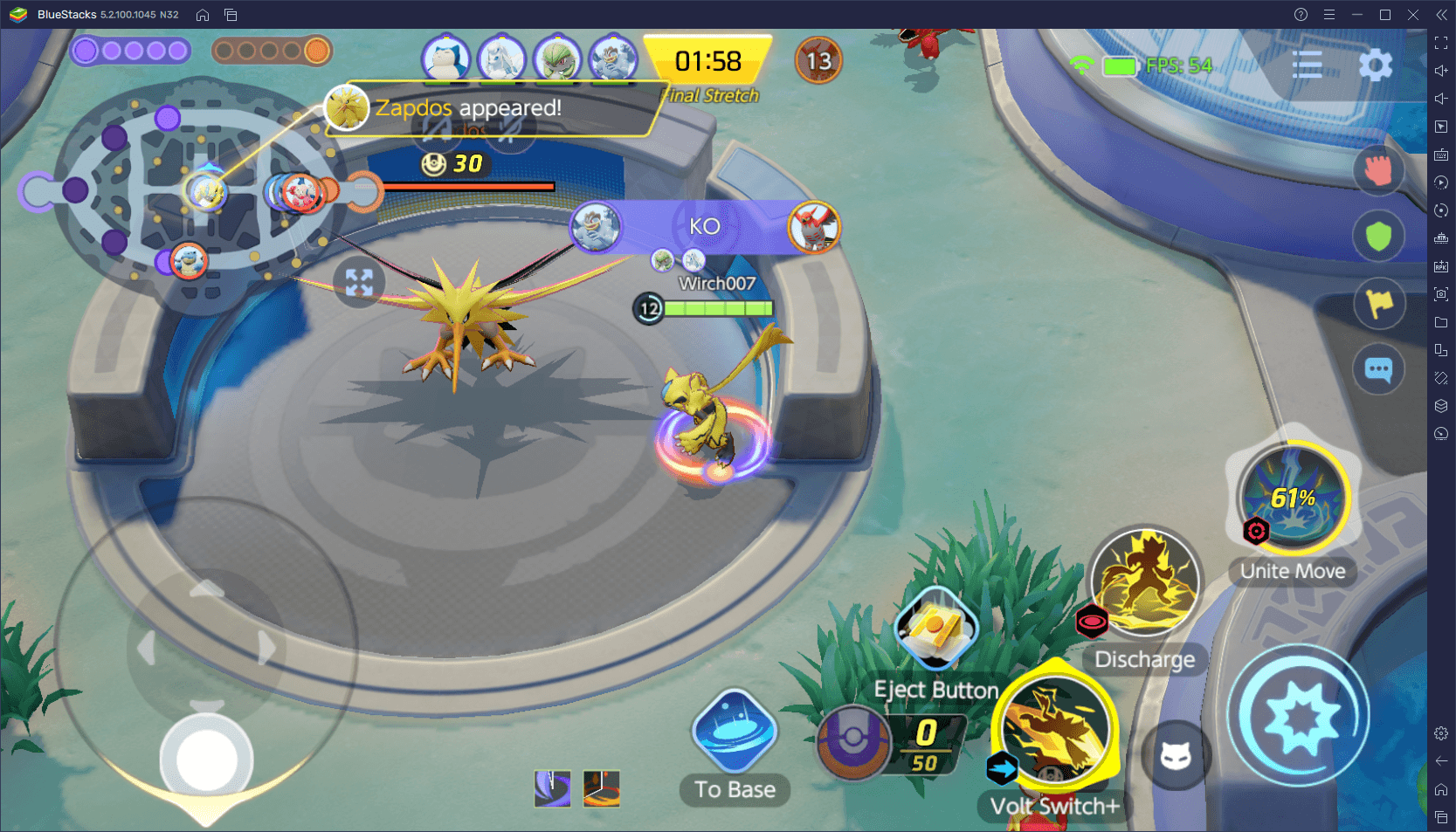
Zapdos is a literal game-changer in most matches, considering that it not only gives a ton of points to the team that defeats it, and not only makes the enemy’s goals defenseless, but it also appears in the last two minutes of the match, which is when scored points are doubled for all players. For this reason, it’s not uncommon for the team that defeats Zapdos to win the match. This is because not only is it very difficult to prevent players from scoring when your goals are defenseless, but the team who takes down Zapdos will often all have the maximum of 50 orbs on hand, which lets them score hundreds of points in a matter of seconds if left unchecked.
And with this knowledge on hand, you now know all the basic aspects needed to win all your matches in Pökemon Unite. Feel free to leave your own beginner tips in the comments below to help out your fellow gamers.

